As a kitchen professional, you understand the value of having a durable, reliable, and aesthetically pleasing cutting board. When it comes to woodworking and creating durable kitchen accessories, how to make end grain cutting board becomes a top concern due to its high-quality performance and lasting utility. This article dives deeply into every detail required to craft your very own end grain cutting board, ensuring it stands the test of time and meets professional kitchen needs.
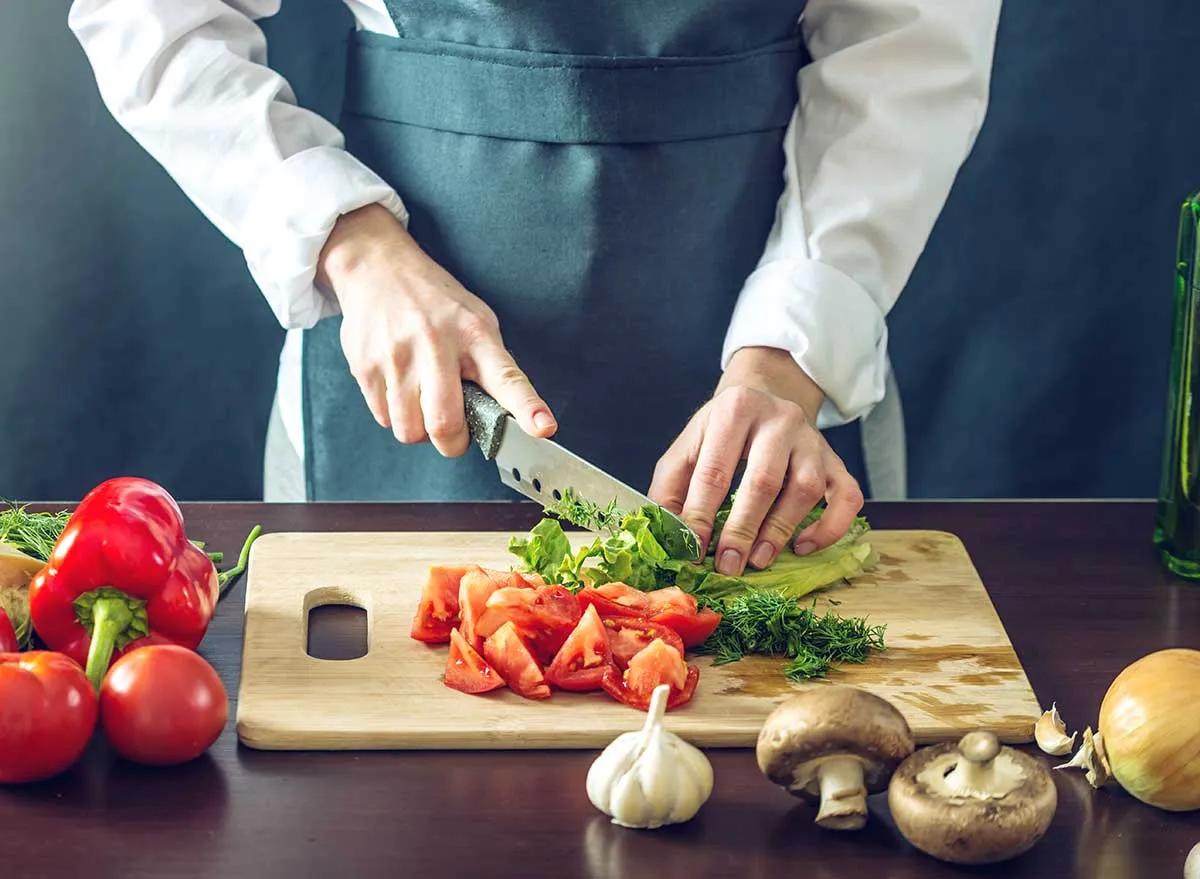
Why Choose an End Grain Cutting Board?
Before we dive into how to make end grain cutting board, lets explore why end grain boards are preferred in professional kitchens.
- Knife-friendly: The end grain construction allows knives to sink into the wood fibers, helping maintain a sharp blade for longer.
- Durability: End grain boards can withstand heavy use, making them a favorite for chefs requiring long-lasting tools.
- Self-healing: The wood fibers close up after being cut, creating a smooth working surface again.
Materials and Tools Needed
To make an end grain cutting board, its essential to gather the right materials and tools:
- Wood selection: Opt for hardwoods like maple, walnut, cherry, or oak, as they are durable and wont dull knives.
- Adhesive: Use food-safe, waterproof glue, like Titebond III.
- Tools: Wood clamps, planer, saw, sanding tools, and a table router if possible.
If you're new to selecting the right tools, you may find this guide on maintaining cutting boards insightful.
Step-by-Step Guide: Crafting a Professional Cutting Board
1. Plan and Measure
Begin the process by deciding the dimensions of your cutting board. Most professionals prefer dimensions ranging from 12x18 inches to 20x24 inches. Use a measuring tape to mark out your design, keeping your specific kitchen tasks in mind.
2. Cutting and Arrangement
Cut your wood into uniform strips based on your measurements. Arrange the wood strips in a way that alternates wood grains to achieve that distinctive end-grain look once its completed.
Remember to study grain patterns at this stage to ensure a visually appealing finish.
3. Glue the Strips Together
Use your food-safe glue to adhere the strips together. Align edges carefully to avoid uneven finishing later. Clamp the glued pieces tightly and allow it to cure for at least 24 hours.
For an extra durability tip, proper tool maintenance during this stage can be crucial.
4. Planer and Sanding
After curing, run the board through a planer to level the boards surface. Once leveled, sand the board gradually, starting from coarse-grit paper and moving to finer grits until the surface feels smooth.
You might also want to explore cutting board hygiene tips for the next steps.
5. Customize and Finish
You can add personalized touches using a router for edge shaping. Once done, finish the board with a food-safe mineral oil or wood conditioner. This step not only enhances durability but also protects its surface from moisture.
Maintaining Your Board
An end grain cutting board requires proper care to last long. Always wash with mild soap and water, never submerge it fully. Reapply mineral oil every few weeks to keep the wood conditioned and hydrated.
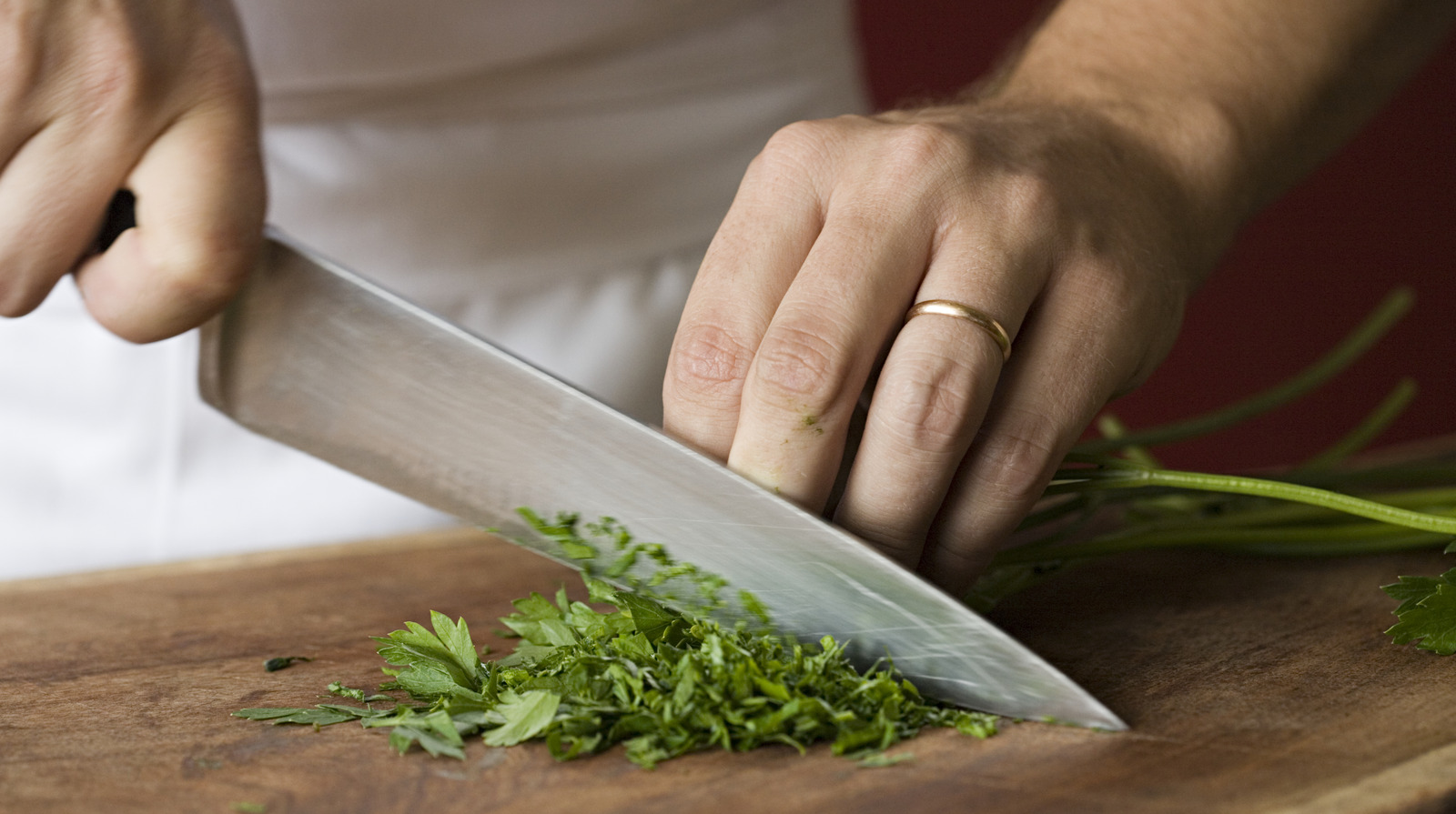
FAQs
-
Q: What wood is best for an end grain cutting board?
A: Hardwoods like maple, walnut, and cherry are excellent choices because of their durability and suitability for kitchen use. -
Q: How often do I oil an end grain cutting board?
A: Ideally, you should reapply a food-safe mineral oil every 2-3 weeks to maintain its quality. -
Q: Can I use my end grain cutting board for raw meat?
A: Yes, but ensure you clean it immediately after use. Cross-contamination can be avoided with proper maintenance practices.
Creating an end grain cutting board is a fulfilling project for any kitchen professional. Not only will you walk away with a highly functional tool, but your artistry and attention to detail will shine through this enduring piece.
Want to learn more about DIY kitchen tools? Visit this resource to enhance your kitchen craft skills further.
This article contains affiliate links. We may earn a commission at no extra cost to you.

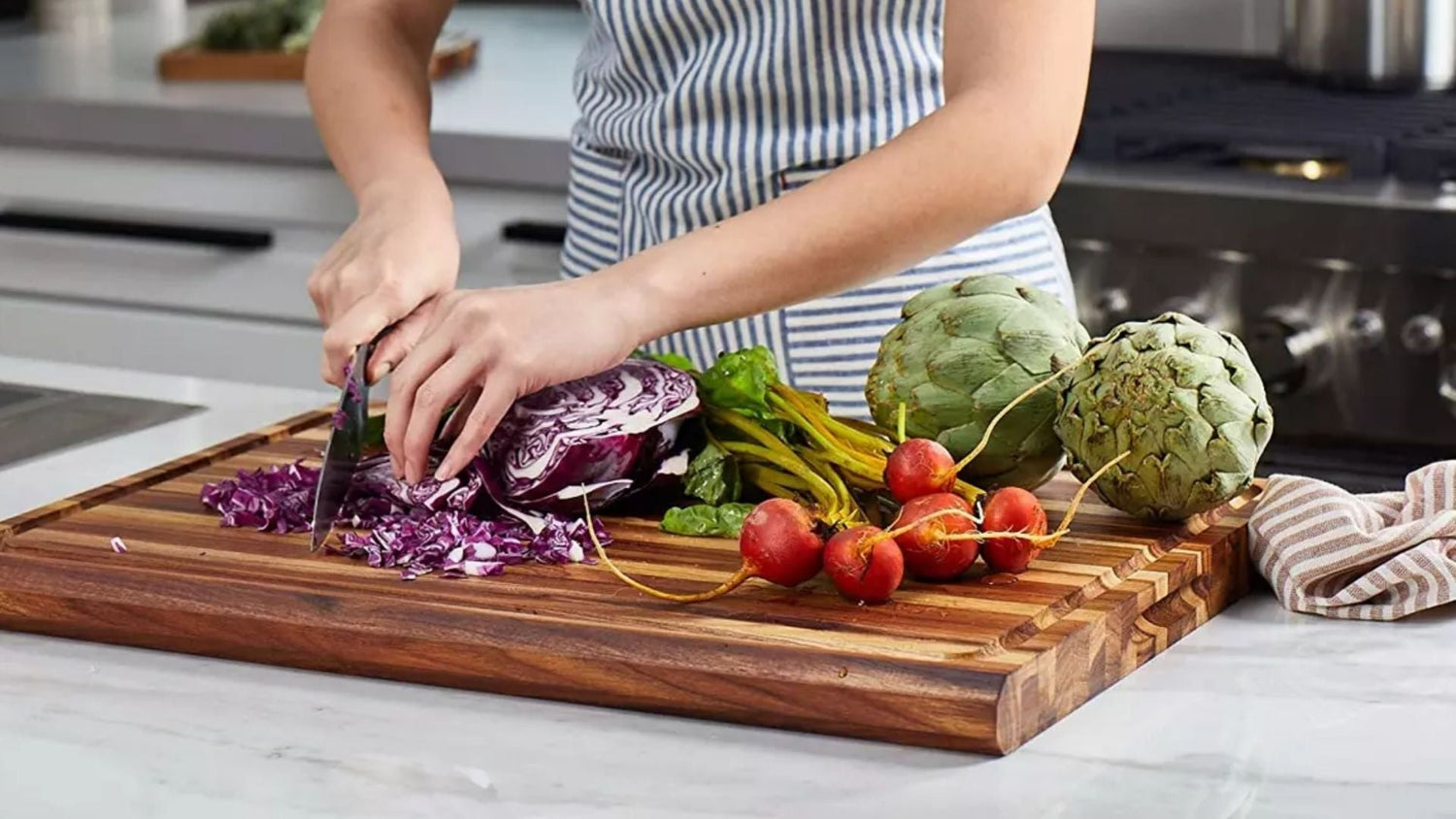


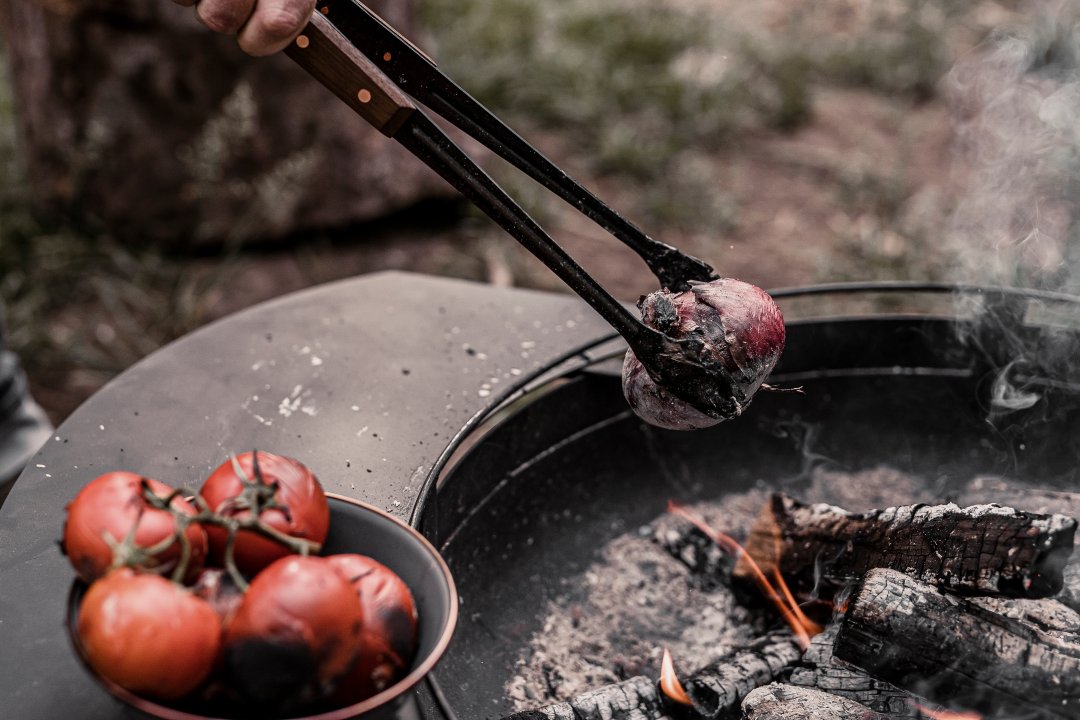
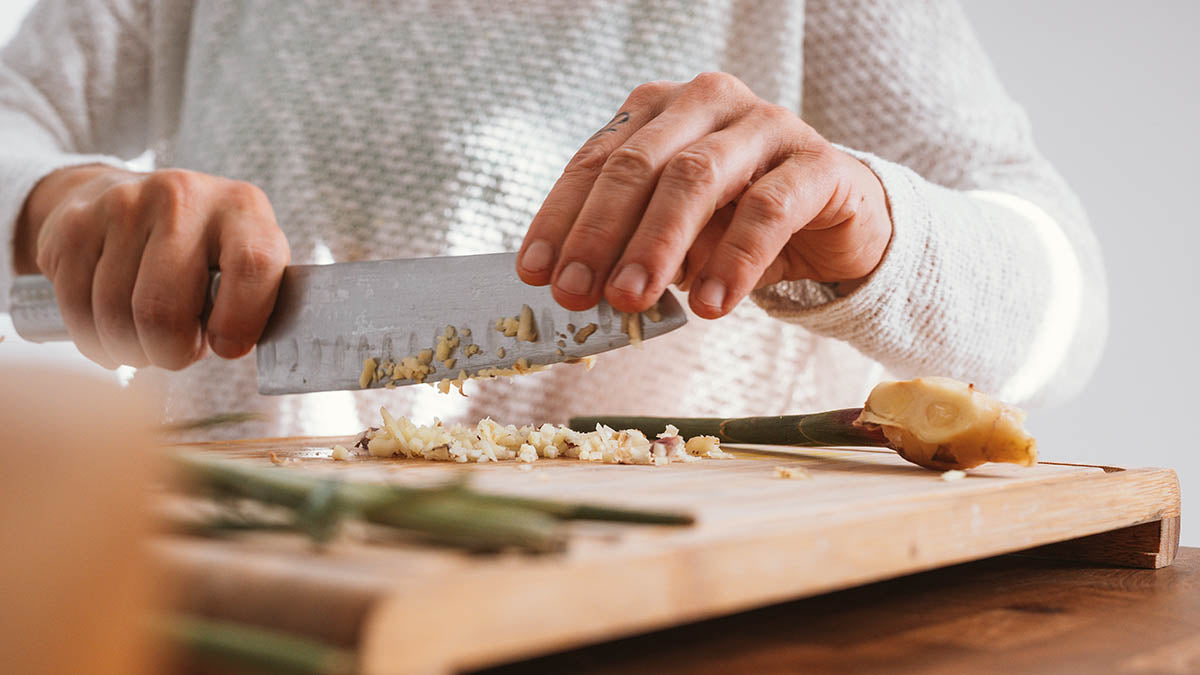
Leave a comment
This site is protected by hCaptcha and the hCaptcha Privacy Policy and Terms of Service apply.